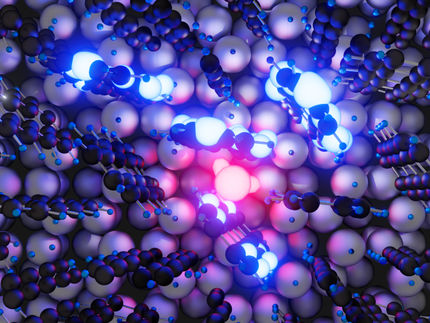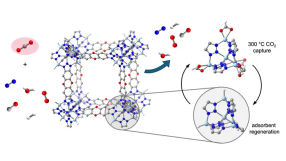Solar cells with highest power conversion efficiency developed
Perovskite solar cells first appeared in 2009 with an efficiency of just 3.8%. With the outstanding photovoltaic properties, perovskite solar cell has become a subject of vigorous research for sustainable power generation, with researchers around the world finding new ways to increase its energy conversion efficiency. It has currently established itself as one of the most promising solar cell materials.
The research team in the Department of Electronic and Information Engineering led by Professor Charles Chee Surya, Clarea Au Endowed Professor in Energy, has recently made this world record with innovative means to enhance energy conversion efficiency. With this innovation, it is estimated that solar energy can be generated at cost of HK$2.73/W, compared with HK$3.9/W at present generated by existing silicon solar cells available in the market.
As there are different wavelengths for solar energy, a combination of different materials for making solar cells would work best for energy absorption. For example, methylammonium lead tri-halide perovskite and silicon solar cells can form a complementary pair. With the perovskite solar cell functioning as a top layer, it can harvest the short wavelength photons while the bottom layer coated with silicon is designed to absorb the long wavelength photons. PolyU's research team maximizes efficiency by making use of this feature with three innovative approaches. Firstly, the team discovers a chemical process -- low-temperature annealing process in dry oxygen to reduce the impact made by perovskite defects. Secondly, the team fabricates a tri-layer of molybdenum trioxide / gold / molybdenum trioxide with optimized thickness of each layer, making it highly transparent for light to go into the bottom silicon layer under perovskite layer. Finally, by mimicking the surface morphology of the rose petals, a haze film, developed by Dr Zijian Zheng of PolyU Institute of Textiles and Clothing, has been applied as the top layer of the solar panel to trap more light. All three innovative approaches help enhance energy conversion efficiency. Professor Shen Hui of Sun Yat-sen University and Shun De SYSU Institute for Solar Energy, who excelled in the fabrication high-efficiency silicon cells, was responsible for the design and fabrication of the bottom silicon cell.
PolyU research team will continue to improve the power conversion efficiency as well as the performance of large-scale fabrication of perovskite-silicon solar cells.
Other news from the department science

Get the chemical industry in your inbox
From now on, don't miss a thing: Our newsletter for the chemical industry, analytics, lab technology and process engineering brings you up to date every Tuesday and Thursday. The latest industry news, product highlights and innovations - compact and easy to understand in your inbox. Researched by us so you don't have to.



























































